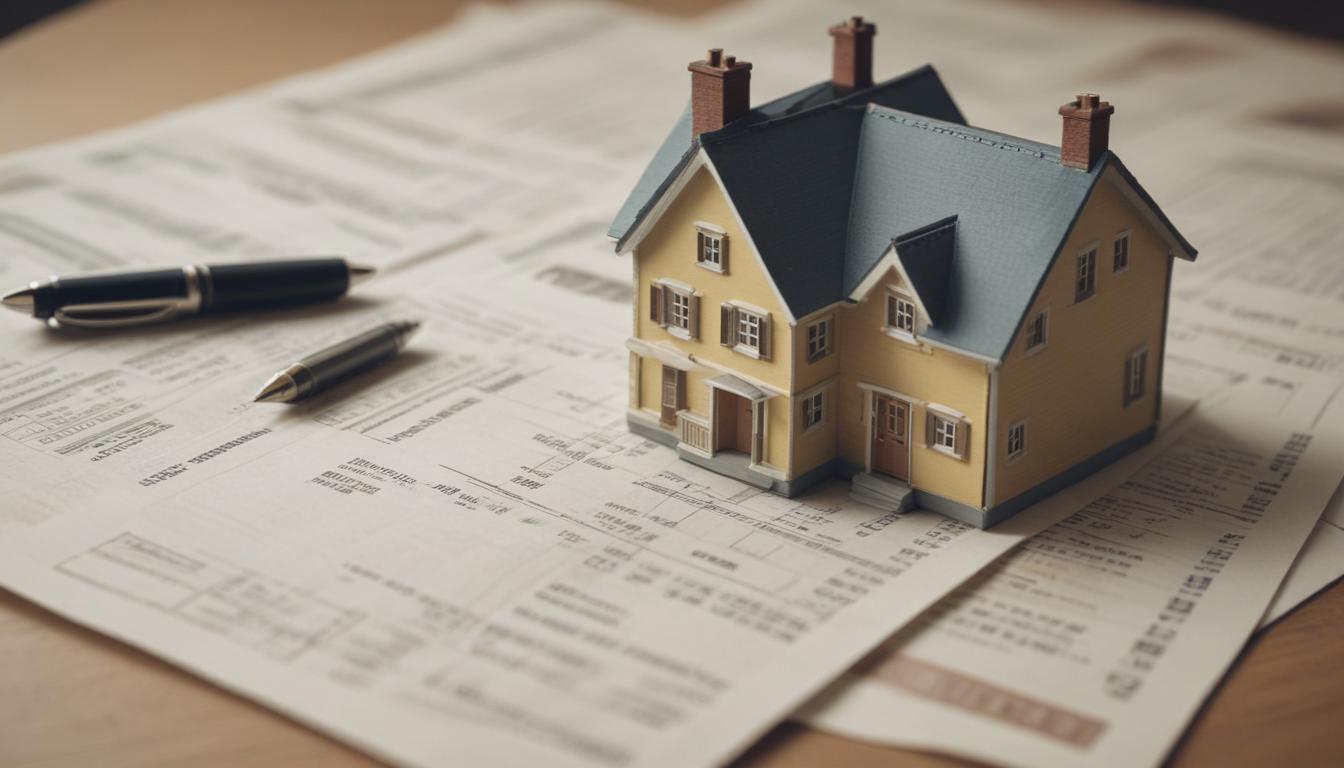Now Reading: Mortgage Auto & Personal Loans Explained
- 01
Mortgage Auto & Personal Loans Explained
Mortgage Auto & Personal Loans Explained

Navigating the world of finance can often feel like learning a new language. When you’re considering a major life purchase, like a house or a car, the terminology alone can be overwhelming. Words like collateral, amortization, and APR are thrown around, leaving you feeling confused and uncertain. You know you need to borrow money, but you’re not sure which path is right for you or what the long-term implications are. This guide is here to change that. We will break down the three most common types of loans into simple, understandable terms, empowering you to make confident financial decisions.
What Are The Different Types of Loans
At its core, a loan is a straightforward concept you borrow a sum of money from a lender (like a bank or credit union) and agree to pay it back over a set period, plus interest. Interest is essentially the fee you pay for the privilege of borrowing the money. Where it gets more complex is in the different types of loans, which are designed for specific purposes and come with different rules and structures. The most significant distinction is between secured and unsecured loans.
A secured loan is backed by an asset you own, known as collateral. If you fail to repay the loan, the lender has the right to take possession of that asset to recover their losses. Because this reduces the lender’s risk, secured loans often come with lower interest rates. Mortgages and auto loans are the most common examples. In contrast, an unsecured loan is not backed by any collateral. The lender is trusting you to repay based solely on your creditworthiness and financial history. This higher risk for the lender typically results in higher interest rates.
Mortgages A Path to Homeownership
A mortgage is a loan used specifically to purchase real estate, whether it’s a single-family home, a condominium, or a townhouse. Because the loan amount is usually very large, the repayment periods are long, typically spanning 15 or 30 years. Mortgages are a prime example of a secured loan; the property you are buying serves as the collateral. This means if you stop making payments, a process called foreclosure can begin, where the lender can take ownership of your home.
When you get a mortgage, you’ll need to provide a down payment, which is a percentage of the home’s purchase price that you pay upfront. The rest of the cost is covered by the loan principal. Your monthly payment usually consists of four parts, often abbreviated as PITI Principal, Interest, Taxes (property taxes), and Insurance (homeowner’s insurance). Understanding these components is crucial for budgeting accurately for homeownership. A higher down payment can lower your monthly payment and may help you avoid extra costs like Private Mortgage Insurance (PMI).

Auto Loans Driving Your Next Purchase
An auto loan is designed to help you finance the purchase of a new or used vehicle. Much like a mortgage, an auto loan is a secured loan, and the vehicle itself acts as the collateral. If you default on your payments, the lender has the right to repossess the car. The repayment terms for auto loans are much shorter than for mortgages, generally ranging from three to seven years. The interest rate you receive, or Annual Percentage Rate (APR), is heavily influenced by your credit score, the age of the vehicle, and the length of the loan.
It is vital to shop around for an auto loan before you ever step foot in a dealership. While dealerships offer financing for convenience, their rates may not be the most competitive. Securing a pre-approval from your bank or a credit union gives you powerful negotiating leverage. It allows you to focus on the price of the car, not the monthly payment, and ensures you are getting a fair interest rate. A down payment can also significantly reduce your monthly payment and the total amount of interest you pay over the life of the loan.
Personal Loans The Flexible Finance Option
A personal loan is the most versatile type of loan. You can use the funds for almost any purpose, such as consolidating high-interest credit card debt, paying for unexpected medical bills, financing a home renovation project, or even covering the costs of a wedding. The defining feature of most personal loans is that they are unsecured. This means you do not have to put up any collateral to qualify. The lender approves your loan based on your financial stability and, most importantly, your credit score.
Because there is no collateral to back up the loan, personal loans present a higher risk to lenders. As a result, they typically come with higher interest rates than mortgages or auto loans. The loan amounts are generally smaller, and the repayment periods are shorter, usually between two and five years. Your credit score plays a massive role in whether you are approved and what interest rate you will receive. A strong credit history is essential to securing a personal loan with favorable terms.

































